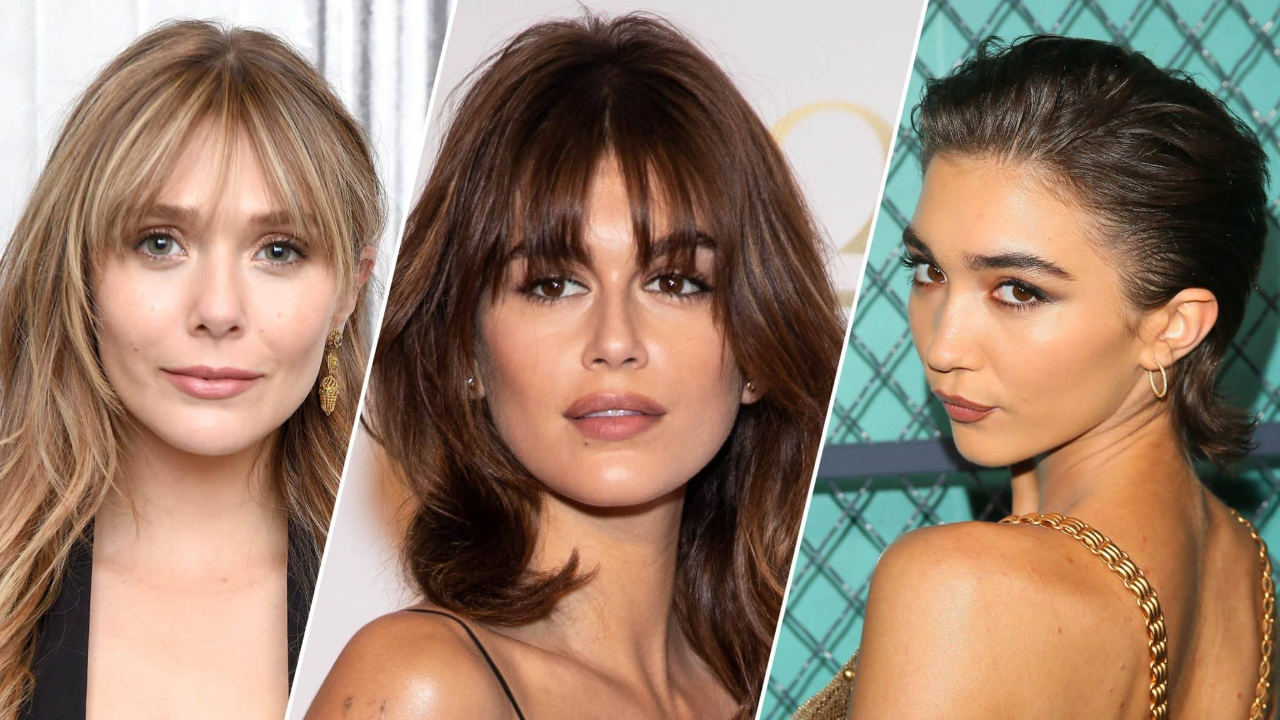Bangs: Exploring Styles, Purpose, and Suitability for Different Hair Types
Bangs, also known as fringe, are a versatile and popular hairstyle that involves hair cut to cover the forehead. This timeless trend has evolved over the years, offering various styles to suit different face shapes and hair textures. In this article, we'll delve into the world of bangs, understanding their purpose, different types, and their compatibility with various hair types.
What are Bangs?
Bangs are a haircut in which a section of hair is trimmed and styled to fall across the forehead, framing the face. This style can range from short and blunt to wispy and layered, creating various looks that enhance facial features and add personality to one's overall appearance.
Purpose of Bangs:
Bangs serve both aesthetic and practical purposes, making them a popular choice for many individuals. Some of the reasons people opt for bangs include:
1. Enhancing Facial Features: Bangs can draw attention to the eyes and cheekbones, accentuating one's best features and creating a focal point on the face.
2. Softening Forehead Proportions: For those with higher or wider foreheads, bangs can visually reduce the forehead's appearance, creating a more balanced look.
3. Concealing Imperfections: Bangs can camouflage a prominent forehead or uneven hairline, providing a flattering and confidence-boosting solution.
4. Versatility: With various types of bangs available, individuals can switch up their look easily without making significant changes to their overall hairstyle.
Different Types of Bangs:
1. Blunt Bangs: Straight-across and even-cut, blunt bangs offer a bold and chic appearance, ideal for adding a touch of drama to any hairstyle.
2. Side-Swept Bangs: Sweeping diagonally across the forehead, side-swept bangs exude elegance and versatility, blending seamlessly with various hair lengths and styles.
3. Wispy Bangs: Soft and feathered, wispy bangs create a more relaxed and casual look, providing a gentle frame to the face.
4. Curtain Bangs: A modern take on the '70s-inspired style, curtain bangs are parted in the center and gracefully fall on either side of the face, offering a stylish bohemian vibe.
5. Baby Bangs: Ultra-short and chic, baby bangs sit just above the eyebrows, creating a bold and edgy statement.
Suitability for Different Hair Types:
Bangs can complement various hair textures and types, but some styles may require specific considerations:
1. Straight Hair: Most types of bangs work well with straight hair, offering a sleek and polished appearance.
2. Wavy Hair: Soft, wispy bangs or side-swept bangs complement wavy hair, providing a natural and effortless allure.
3. Curly Hair: Side-swept or curtain bangs are recommended for curly hair to avoid excessive styling and maintain the hair's natural texture.
Bangs are a versatile hairstyle that adds flair, charm, and elegance to any look. With different types to choose from, individuals can find a style that complements their face shape and hair texture. Whether aiming to soften facial features or create a trendy statement, bangs offer a transformative and exciting way to refresh your appearance. When considering bangs, consult with a skilled hairstylist to find the perfect style that enhances your beauty and complements your hair type.

